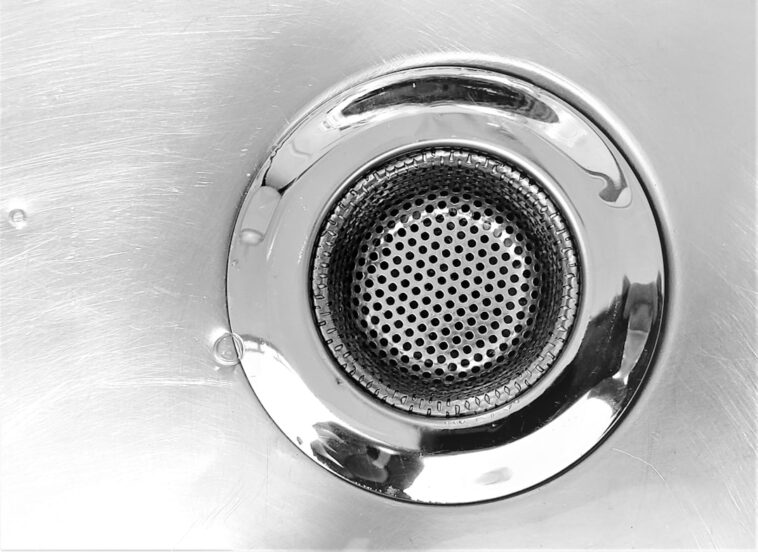Few things are more frustrating than a clogged toilet. It’s messy, inconvenient, and can bring your bathroom to a standstill. But don’t panic! Most toilet clogs can be tackled without calling a plumber. This guide will walk you through several methods to unclog your toilet, from the simplest to slightly more involved techniques.
Before we get started, let’s talk safety. Always wear rubber gloves when dealing with a clogged toilet. You don’t want to expose yourself to any bacteria or germs. It’s also a good idea to have some paper towels handy for any spills. And remember, never use harsh chemicals like drain cleaners in your toilet. They can damage your pipes and are often ineffective on toilet clogs.
The Trusty Plunger: Your First Line of Defense
The first thing you should reach for when your toilet is clogged is a flange plunger. This type of plunger has a soft rubber flap that folds out from the bottom of the cup. This flange creates a better seal in the toilet bowl, making it more effective at dislodging clogs. A regular cup plunger can also work, but the flange plunger is generally more efficient.
Here’s how to use a plunger correctly:
- Make sure there’s enough water in the bowl to cover the cup of the plunger. If there isn’t, add some water carefully. You want to avoid overflowing!
- Position the plunger over the drain opening, ensuring the flange is extended (if using a flange plunger). You want to create a tight seal.
- Push and pull the plunger up and down with a steady, forceful motion. Avoid splashing. The goal is to create suction to loosen the clog.
- Continue plunging for several minutes. You should hear gurgling as the clog starts to break up.
- Remove the plunger and see if the water drains. If it does, flush the toilet to make sure the clog is completely gone. If not, repeat the plunging process.
Sometimes, plunging alone isn’t enough. If you’ve plunged for a while and the toilet is still clogged, it’s time to try another method.
Hot (But Not Boiling!) Water
Sometimes, all your toilet needs is a little hot water to help dissolve the clog. This works particularly well if the clog is caused by things like excessive toilet paper or soap buildup.
Important: Do NOT use boiling water! Boiling water can crack your porcelain toilet bowl. Use hot tap water, but not scalding hot.
Here’s how to use hot water to unclog your toilet:
- Carefully pour a bucket of hot (but not boiling) water into the toilet bowl. Pour it from waist height to give it some force.
- Wait for about 15-20 minutes. The hot water should help to break down the clog.
- After waiting, try flushing the toilet. If it flushes normally, you’re all set! If it still seems sluggish, you can try plunging after the hot water treatment.
Dish Soap: A Slippery Solution
Dish soap can act as a lubricant, helping to break down the clog and allow it to slide down the drain more easily. This is a simple and often effective method for minor clogs.
Here’s how to use dish soap to unclog your toilet:
- Pour about a quarter of a cup of dish soap into the toilet bowl.
- Let the soap sit for about 20-30 minutes. This gives it time to work its way down to the clog.
- After waiting, pour a bucket of hot (but not boiling) water into the bowl.
- Wait a few more minutes and then try flushing the toilet.
The Wire Coat Hanger Trick
If plunging and hot water aren’t working, you can try using a wire coat hanger to break up the clog. This method requires a little more caution to avoid scratching the porcelain.
Important: Be careful not to scratch the porcelain of your toilet bowl. Use gentle movements and avoid forcing the hanger. Also, try to create a hook at the end of the wire, but make sure there are no sharp or pointy ends that could damage your toilet.
Here’s how to use a wire coat hanger to unclog your toilet:
- Straighten out a wire coat hanger, leaving a small hook at the end.
- Carefully insert the hooked end of the hanger into the toilet bowl, guiding it down the drain.
- Gently probe around to try and break up the clog. Avoid pushing the clog further down the drain.
- Once you feel the clog breaking up, remove the hanger and flush the toilet.
The Toilet Auger (aka Closet Auger)
A toilet auger, also known as a closet auger, is a specialized tool designed specifically for unclogging toilets. It’s a flexible tool with a curved end that’s designed to navigate the bends in your toilet drain. It’s more effective than a coat hanger and less likely to damage your toilet.
Here’s how to use a toilet auger:
- Insert the auger into the toilet bowl, guiding the curved end down the drain opening.
- Turn the handle of the auger to advance the cable down the drain.
- If you encounter resistance, continue turning the handle to break up the clog.
- Once you’ve broken up the clog, retract the auger and flush the toilet.
When to Call a Plumber
If you’ve tried all of these methods and your toilet is still clogged, it’s time to call a professional plumber. A persistent clog could indicate a more serious problem in your plumbing system, such as a blockage in the main drain line. Trying to fix a major plumbing issue yourself could end up causing more damage and costing you more money in the long run.
Preventing Future Clogs
The best way to deal with a clogged toilet is to prevent it from happening in the first place. Here are a few tips to help prevent future clogs:
- Don’t flush anything other than toilet paper and human waste. This includes feminine hygiene products, diapers, wipes (even if they’re labeled “flushable”), cotton balls, and paper towels.
- Use toilet paper sparingly. Excessive toilet paper is a common cause of clogs.
- Consider a low-flow toilet. These toilets use less water per flush, which can help to prevent clogs.
- Regularly check your toilet’s flapper valve. A worn-out flapper valve can cause the toilet to run constantly, which can waste water and increase the risk of clogs.
Frequently Asked Questions
Why does my toilet keep clogging?
Recurring toilet clogs can be caused by several factors, including flushing inappropriate items (like wipes or feminine hygiene products), using too much toilet paper, mineral buildup in the toilet’s jets, or a problem with the drain line itself. If clogs are frequent, a plumber should inspect the plumbing.
Can a clogged toilet cause damage?
Yes, a severely clogged toilet can cause water to overflow, leading to water damage in your bathroom. It can also put stress on the plumbing system. Promptly addressing clogs is crucial.
Are chemical drain cleaners safe for toilets?
No, chemical drain cleaners are generally not recommended for toilets. They can damage the pipes, especially older ones, and they can also be harmful to the environment. Plus, they often don’t effectively break down toilet clogs. Mechanical methods like plunging or using an auger are safer and usually more effective.
Unclogging a toilet can be a bit unpleasant, but it’s often a task you can handle yourself. By following these steps and taking preventative measures, you can keep your toilet flushing smoothly and avoid the frustration of dealing with a clog. Remember to always prioritize safety and don’t hesitate to call a plumber if you’re facing a persistent or complex clog. A little know-how can save you time, money, and a whole lot of stress!



GIPHY App Key not set. Please check settings